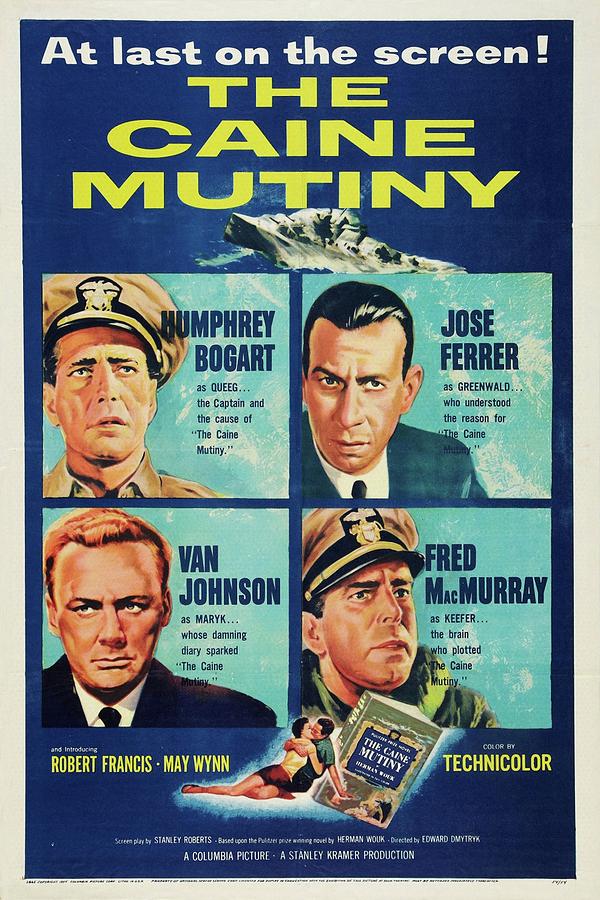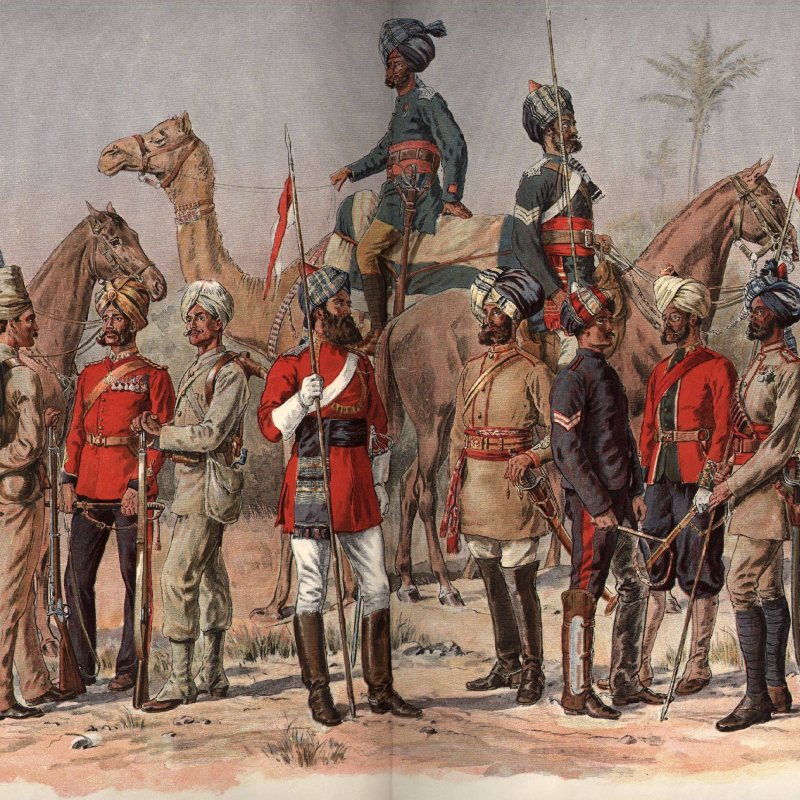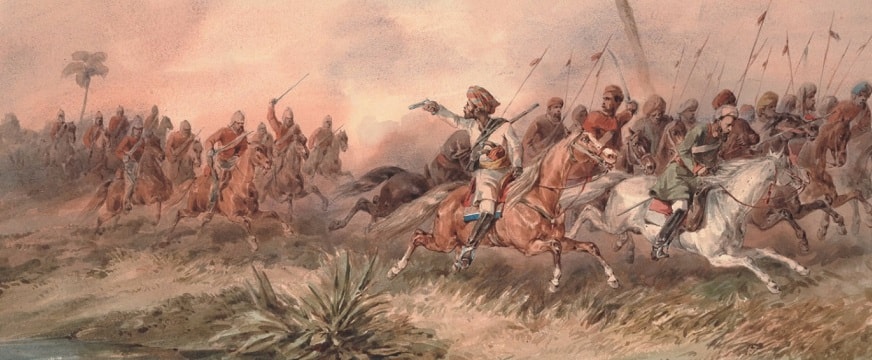

Returning to life on a boat was never going to be easy. While waiting for the breadfruit crop to reach a stage where it could be transported, Bligh’s men had spent five months enjoying the island’s laidback lifestyle and the company of its women. Otaheite was the contemporary name for Tahiti – the lovesick sailors were heading back to their native wives. “Huzzah for Otaheite!” was the last shout from the renegade crew of the Bounty, as it made for the horizon. “I am in hell,” was Christian’s telling, emotional response.
#THE MUTINY FREE#
The two men were friends, but on the Bounty, Bligh constantly berated Christian, humiliating him in front of the crew and ultimately pushing him to breaking point.Īs the launch was cut free from the Bounty, Bligh stared his old friend in the eye and reminded him: “You have dandled my children upon your knee…” A number of the Bounty’s crewmembers passionately disliked their Captain – including some who ended up on the launch with him after the mutiny, such as the Sailing Master John Fryer, who Bligh had demoted during the voyage, installing Christian as Acting Lieutenant in his place.īligh’s relationship with Christian, who had served under Bligh on several previous journeys, was complex. A voyage from hell: how Magellan’s circumnavigation of the world changed historyĭespite his enduring reputation, Bligh was a comparatively moderate disciplinarian for his time, but he was notoriously short-fused and infamous for launching vicious verbal assaults on people (some historians have suggested he may have had Tourette’s).Mutiny at sea: the forgotten story of murder and brutality aboard HMS Wager.If the mutineers ever returned to England, they were assured a trip to the gallows for treason.

The ship was on a peaceful mission – to collect breadfruit from Tahiti as a potential source of cheap food for slaves – but Britain’s Royal Navy was on a permanent war-footing throughout the late 19th century. Whether these men were truly loyal to their Captain, however, or afraid of the consequences of being associated with the mutiny, is debatable. Several left on the Bounty had to be physically restrained from joining Bligh in his apparently doomed vessel, which was so heavily overloaded that seawater lapped over the gunnels and it looked set to sink at any moment. The mutiny was bloodless, but more members of the Bounty’s 44-man crew actually sided with their Captain than with Christian. What was the fate of the mutineers: The ten who were discovered were brought back to England where they were court martialled What happened during the mutiny? What became of the Bounty: She was burned when the mutineers reached Pitcairn

He would have a distinguished naval career – though he suffered another major mutiny while Governor of New South Wales, Australia He then carried on to Batavia, where he secured passage back to England to report the mutiny.

What happened to Bligh: He led the small boat he had been cast adrift in on an incredible journey across more than 3,500 nautical miles of ocean to make landfall in Timor. He likely died there, but is also rumoured to have returned to England He married a chief’s daughter, and had several children. Post mutiny, he settled on Pitcairn Island. Who led the mutiny: Fletcher Christian, the Master's Mate. What was the Bounty's mission: Though armed, the Bounty was a merchant vessel Bligh was sailing her to the West Indies from Tahiti (then Otaheite), where he had collected a cargo of breadfruit plants What happened: William Bligh is relieved of command of the Bounty in a bloodless coup and set adrift with 18 men who remained loyal to him Where: At sea 30 nautical miles from Tonga Facts about the Mutiny on the Bounty When: 28 April 1789


 0 kommentar(er)
0 kommentar(er)
